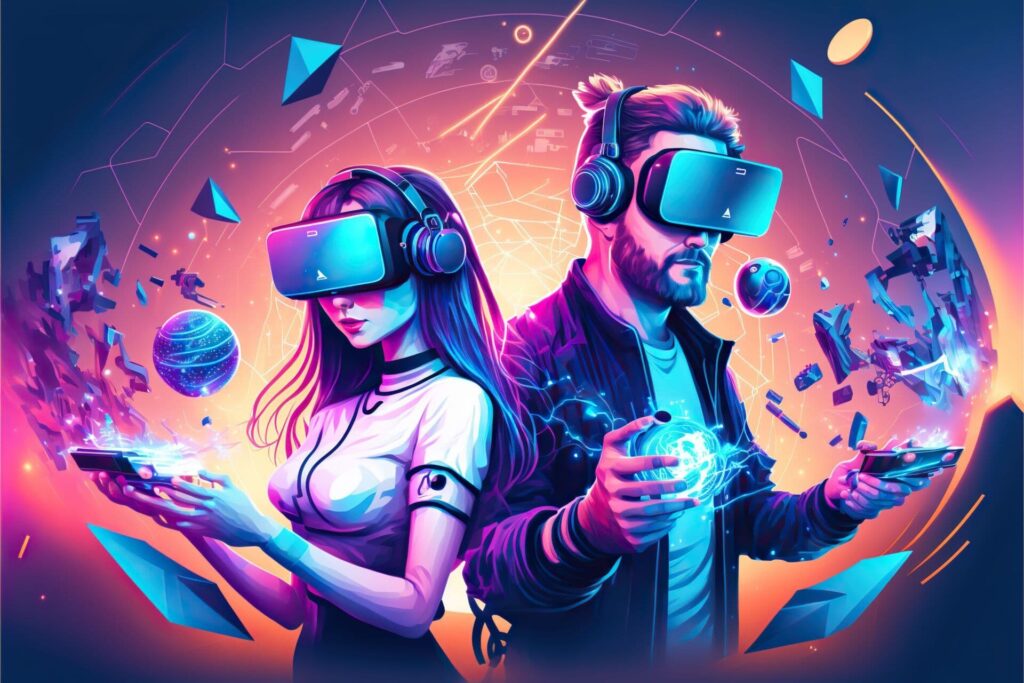
Start with quality, destination will be excellent
 Step 1
Step 1
AR/VR Application Design – A living document is created to plan out the environment, art, sound, interaction, story, UI, controls, accessibility and analytics. Collaborate with stakeholders to define user requirements, and create a blueprint that aligns with the application’s objectives.
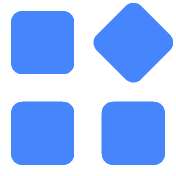 Step 2
Step 2
Prototype & Graphics Development – Build a functional prototype to visualize and test key features and interactions. This stage allows for early validation of design concepts and provides stakeholders with a tangible representation of the AR/VR application’s potential.
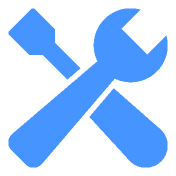 Step 3
Step 3
Development & Testing – Execute the full-scale development of the AR/VR application based on the approved design and prototype. Simultaneously, conduct rigorous testing to identify and rectify bugs, ensuring the application meets performance standards.
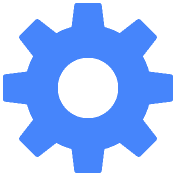 Step 4
Step 4
Deployment & Maintenance – Packaging and distributing the application through appropriate channels, whether app stores, enterprise platforms, or specialized deployment methods. Establish protocols for ongoing maintenance to address emerging issues, ensure sustained efficiency and compatibility across devices.
Our Services
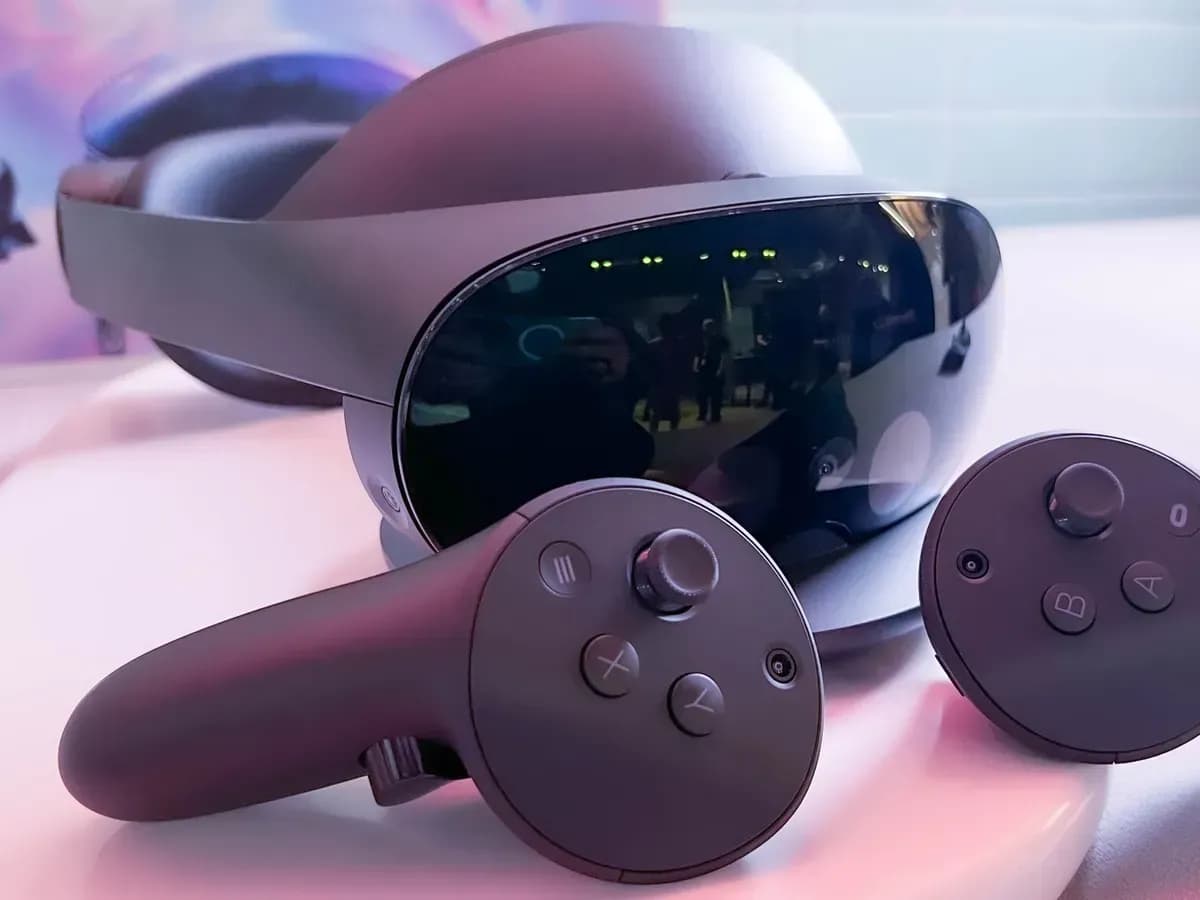
Technology Platforms – BlueOC employs a diverse range of technology platforms for VR/AR development, utilizing powerful PC-powered VR headsets such as HTC Vive Pro 2 and Varjo VR-3, alongside standalone VRs including Oculus Quest 2 and HTC Vive Focus. This integration enables the creation of immersive and groundbreaking virtual experiences.
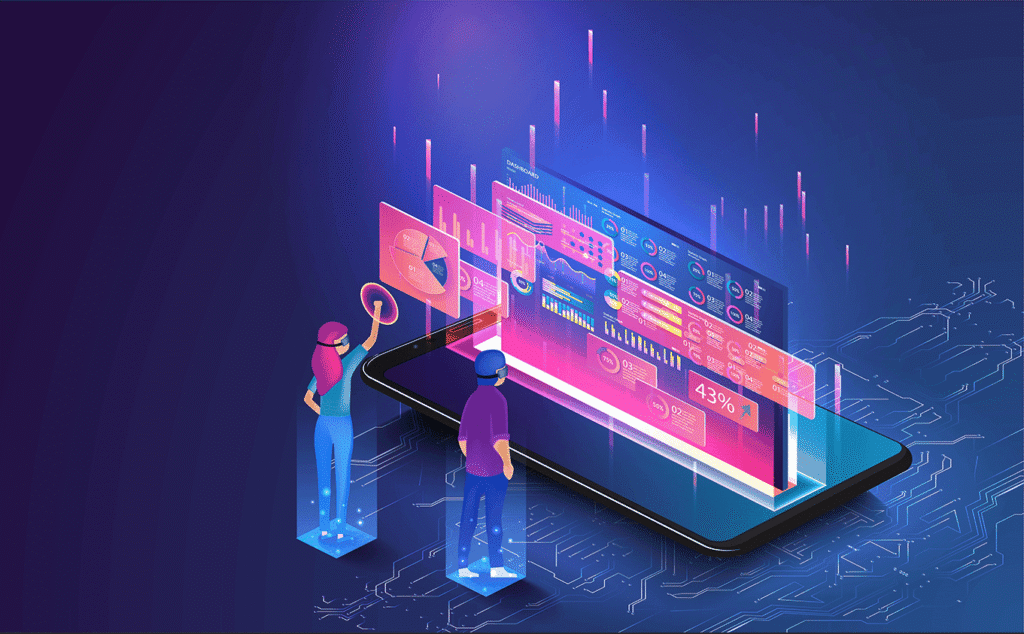
Analytics – AR/VR proprietary technology allows for user activity tracking. We can track users’ hand movements and users’ lines of sight and combine metrics from both to gauge simulation or experience quality, then push information to back-end LMS’s and provide post-training assessments to ensure the highest quality learning experience in VR.
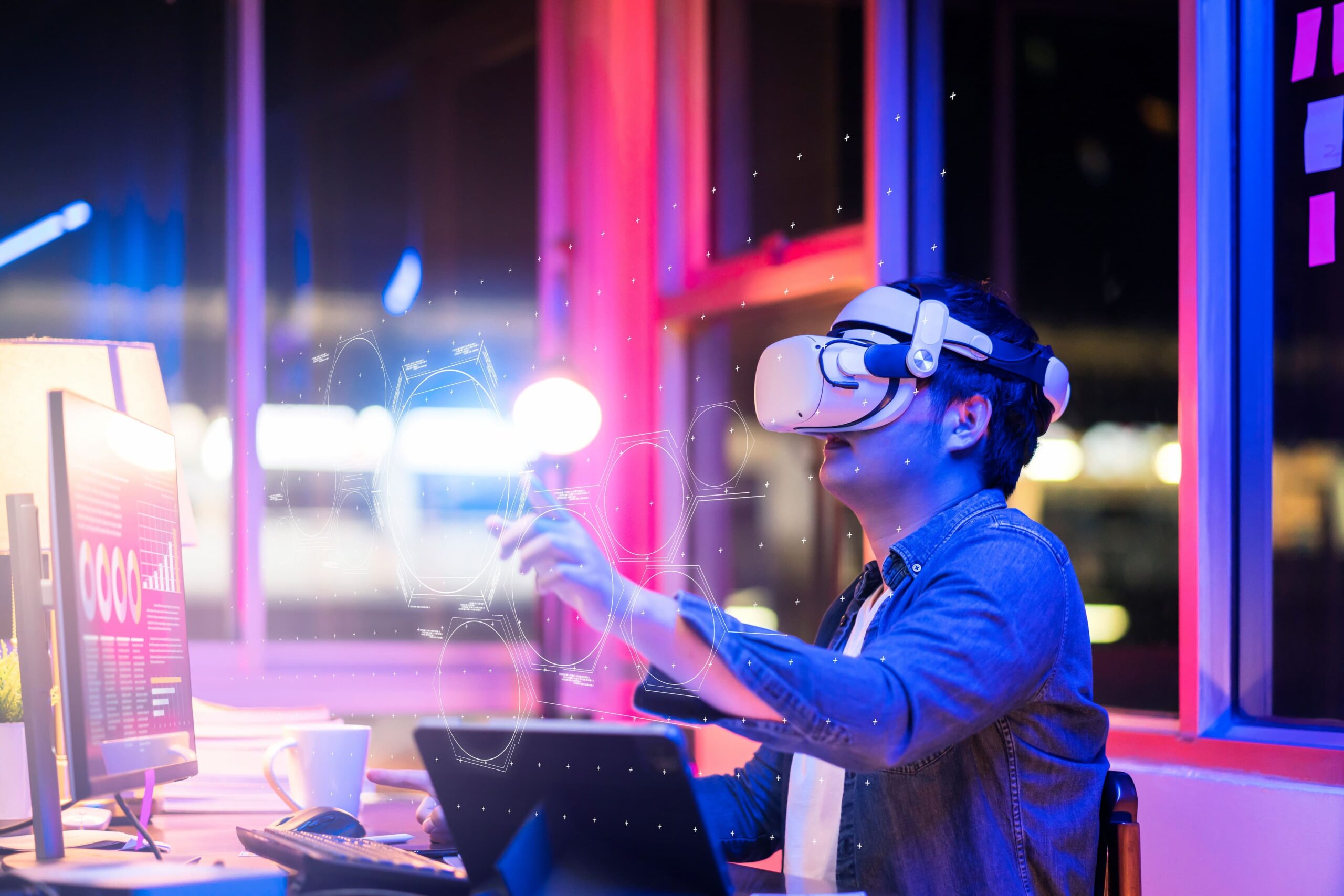
Wearable AR – Mixed reality headsets overlay holographic imagery and information on to the real world from the users perspective. Utilizing holographic computer-generated imagery we can make complex procedures simple in real time for training or engineering needs.
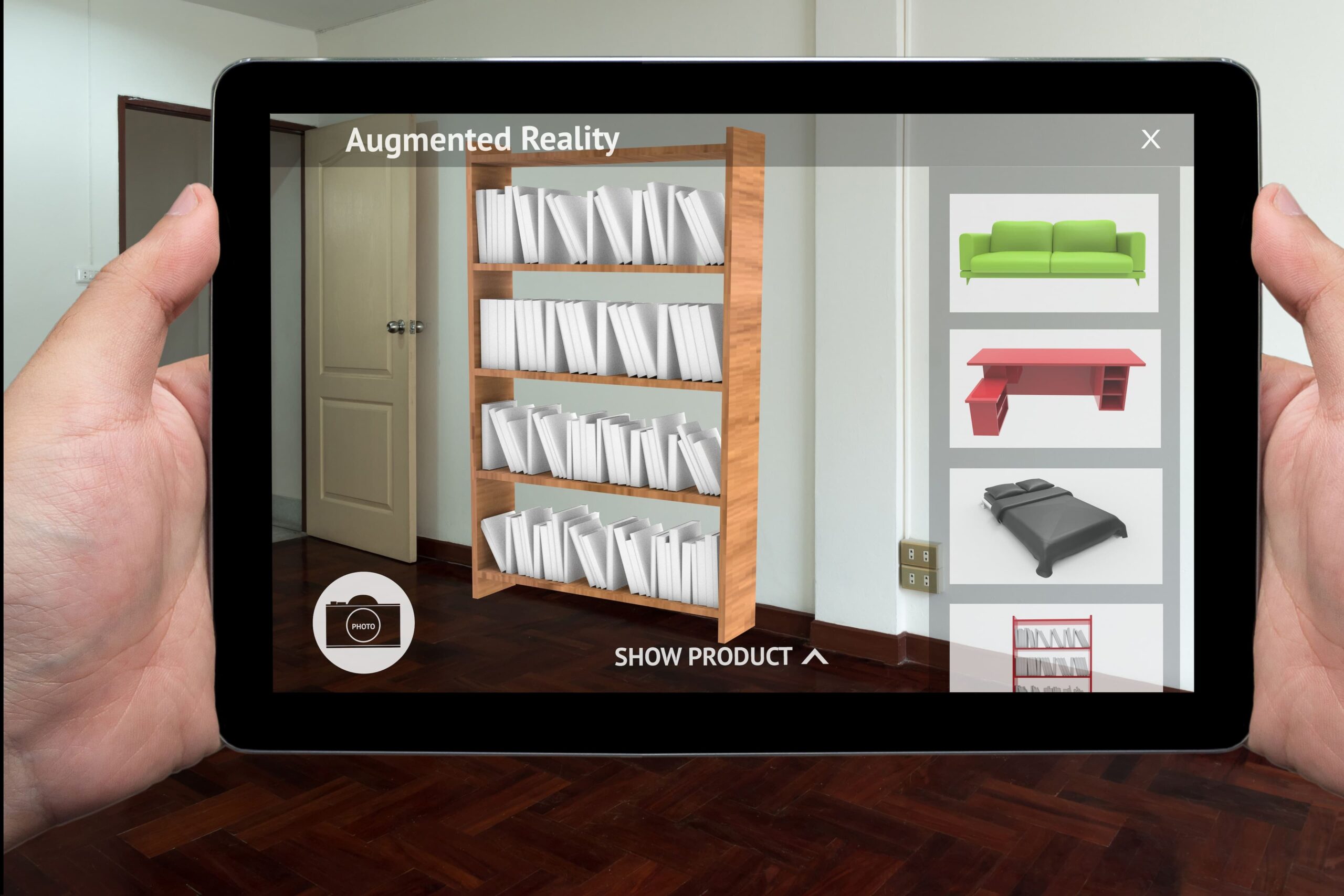
Mobile AR – The most commonly used form of AR. Using mobile phone or tablet cameras we can overlay digital imagery on to the real world. Using leading AR platforms enables organizations to reach the widest audience possible for either marketing or training functionality.
